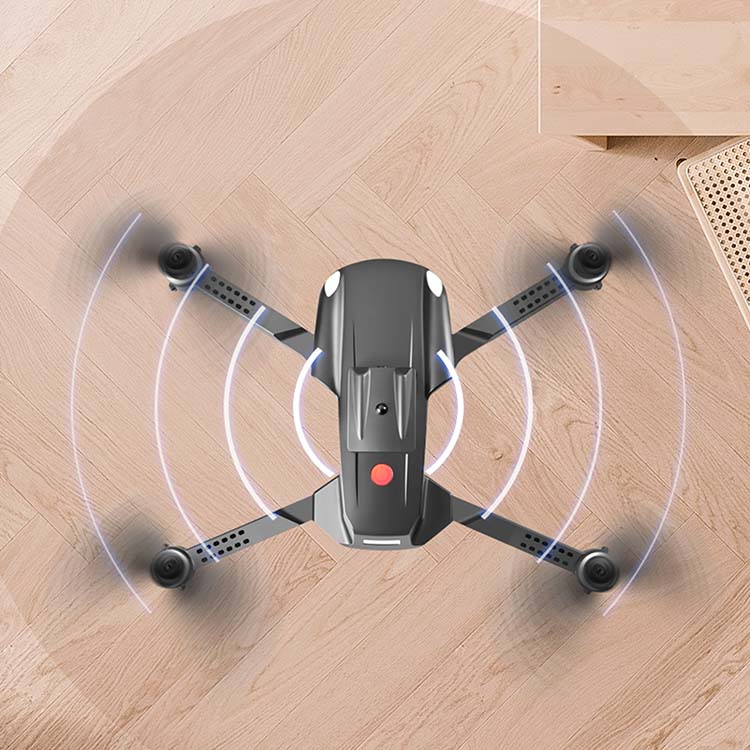HOW DOES OBSTACLE AVOIDANCE WORK ON A DRONE?
You see obstacle avoidance on drones more and more often. But what exactly is obstacle avoidance? How does it work? And which Killerbee drones can you buy with obstacle avoidance.
We do not recommend using obstacle avoidance indoors. In narrow spaces, the drone may become uncontrollable because obstacle avoidance keeps intervening.
Obstacle avoidance works with sensors that map the drone's surroundings. The most commonly used sensors are:
- Ultrasonic sensors. This type of sensor sends ultrasonic waves and then measures the time it takes for the wave to bounce back from the object. By measuring the time, the distance to the object can be calculated. The disadvantage of these sensors is that the range is small, so detection only takes place when the object is close to the drone.
- Lidar sensors. This type of sensor works using lasers. As with ultrasonic sensors, the sensor measures how long, in this case the beam, takes to bounce back from the object. Again by measuring the time, the distance can be calculated. Lidar sensors have the advantage of operating at a greater distance. The object is therefore detected earlier.
- Optical sensors. This type of sensor works with the help of cameras. These cameras map the environment around the drone. The advantage is that this type of sensor maps the environment in great detail. The disadvantage of this sensor is that in bad weather or low light, the sensors do not work as well.


The obstacles detected by the sensors are then aerially analysed and, when necessary, the drone ensures that no collision occurs.
So we can conclude that obstacle avoidance makes flying drones a lot easier. We do not recommend using obstacle avoidance indoors. In narrow spaces, the drone may become uncontrollable because obstacle avoidance keeps intervening.







